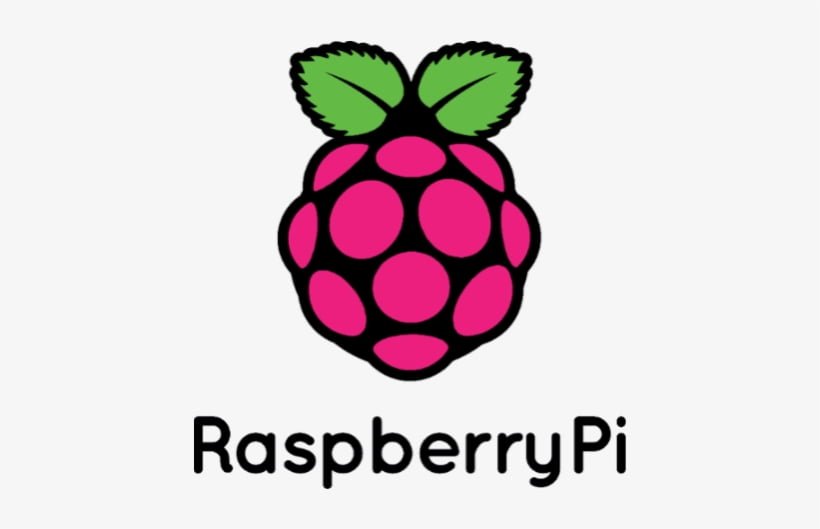
Adjusting Screen Display on Your Raspberry Pi.
Are you experiencing those annoying black borders around your Raspberry Pi screen, and the display doesn’t fit properly? Don’t worry; in this guide, we’ll walk you through the steps to resolve this issue and ensure that your screen display is perfectly tailored to your Raspberry Pi.
Understanding the Issue with your Raspberry Pi
The problem of black borders often arises when the Raspberry Pi’s HDMI output is not correctly matched with your display or TV. This can lead to an under-scanned or over-scanned display, where parts of the screen are cropped or surrounded by black borders.
Methods to Fix the Black Borders
Overscan Adjustment:
- The most common solution is adjusting the overscan settings. You can do this via the Raspberry Pi Configuration tool.
- Open a terminal and run the following command:
sudo raspi-config
Navigate to “Advanced Options” and select “Overscan.” Follow the prompts to adjust the settings.
Editing the Config.txt:
Alternatively, you can manually edit the config.txt file:
- Open a terminal and enter the following command to edit the
config.txtfile:
sudo nano /boot/config.txt
Look for the overscan settings. You can comment out or adjust the values to match your display. For example, you can try adding or modifying lines like these:
disable_overscan=1
overscan_left=16
overscan_right=16
overscan_top=16
overscan_bottom=16
Save the file and reboot your Raspberry Pi for the changes to take effect.
TV Display Settings:
- Check your TV or monitor settings as well. Some displays have options for adjusting overscan and screen size. Make sure the display’s settings match the output from your Raspberry Pi.
HDMI Cable and Port:
- Ensure that you’re using a high-quality HDMI cable and that it’s securely connected to both your Raspberry Pi and your display.
Fine-Tuning the Display
After applying the necessary adjustments, you should have a properly fitted screen display on your Raspberry Pi. If necessary, you can fine-tune the display settings further to ensure everything appears as it should.
Conclusion
Black borders on your Raspberry Pi display can be a frustrating issue, but with the steps outlined in this guide, you can quickly resolve it. Enjoy your Raspberry Pi experience with a screen display that fits perfectly, and say goodbye to those annoying borders!
In future guides, we’ll explore more solutions to common Raspberry Pi issues and uncover more ways to enhance your Raspberry Pi setup.
That’s All Folks!
You can explore more of our Raspberry Pi guides here: Raspberry Pi for Beginners
Unlock the Possibilities
We have put together a list of some great Raspberry Pi products and deals: Shop Raspberry Pi Goodies Now!



